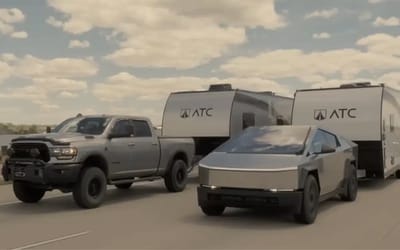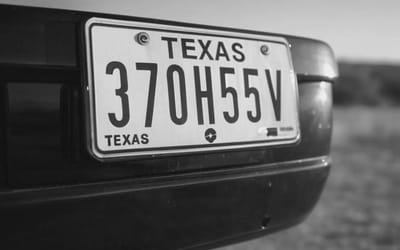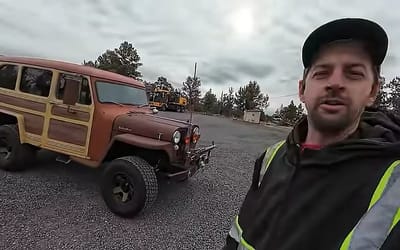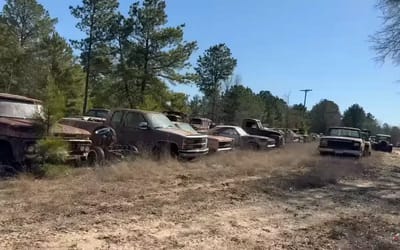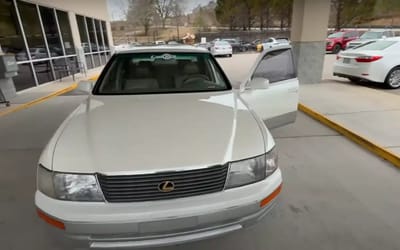How the new car buried underground in Oklahoma for 50 years became an experiment gone wrong
- The town of Tulsa, Oklahoma, US, decided to bury a car in 1957
- It was hoped that the car, when unearthed in 2007, would serve as a time capsule
- However, the experiment went terribly wrong
Published on Jul 25, 2024 at 7:57 PM (UTC+4)
by Ben Thompson
Last updated on Jul 26, 2024 at 3:04 PM (UTC+4)
Edited by
Amelia Jean Hershman-Jones
This car was buried underground in Oklahoma, US, for 50 years, in a time capsule experiment gone awry.
In 1957, citizens decided to commemorate their state’s 50th anniversary in a special way.
That is, by burying a Golden White 1957 Plymouth Belvedere beneath the city of Tulsa.
DISCOVER SBX CARS: The global premium car auction platform powered by Supercar Blondie
The Oklahoma time capsule experiment
Buried beneath the courthouse, the car’s trunk was filled with keepsakes from the time.
This is standard practice for time capsules, which seek to preserve elements of the culture at the time they are buried.
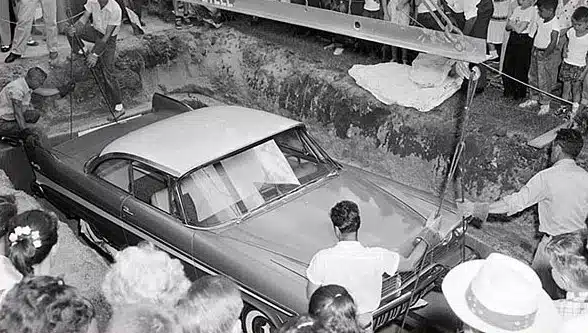
The hope is that future generations who unearth it will have a better understanding and appreciation of the past.
As this car was being buried at the height of Cold War tensions, it was sealed in reinforced concrete – just in case nuclear war broke out.
Fast forward to 2007 and hype was building for the Belvedere to be unearthed.
Eighteen months before the vault was opened, volunteers were signing up to be part of the historic event.
What went wrong with the buried Belvedere?
With the excitement building, it was destined to be a big event for Tulsa.
But what went wrong?
Well, it turns out the concrete tomb in which the car had been enclosed wasn’t waterproof.
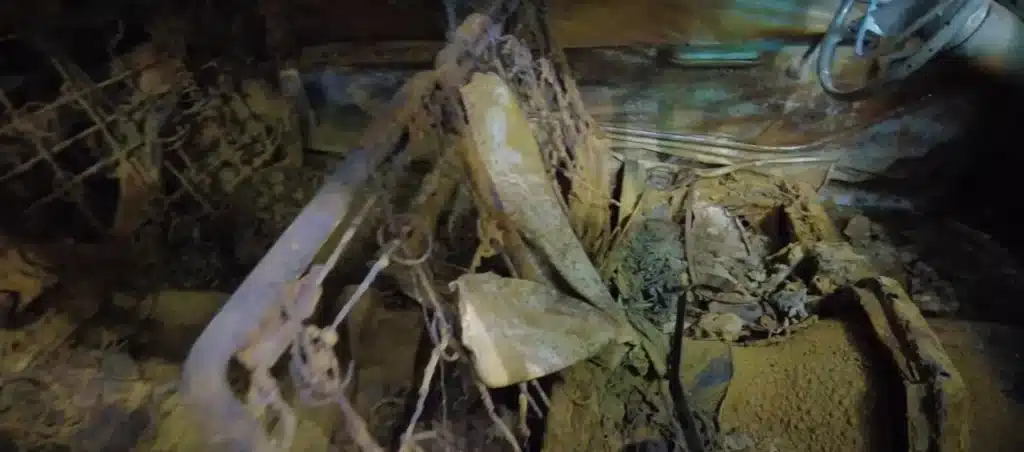
It could withstand a nuclear bomb, but not damp conditions.
As such, the Belvedere was found half submerged in groundwater.
The car was lifted onto a flatbed truck and taken to the Tulsa Convention Centre for unveiling, as it’d been covered in plastic wrap.
Once the big moment came, the disappointment was palpable.
Beneath the wrap, the car had rotted over the years and was left covered in a thick coating of rust.
The interior had wasted away and there was zero chance that the engine could be started.
One person who witnessed the debacle in person in Oklahoma recounted the event years later in an online forum: “I was in Tulsa to witness the digging up of Miss Belvedere…a real circus.
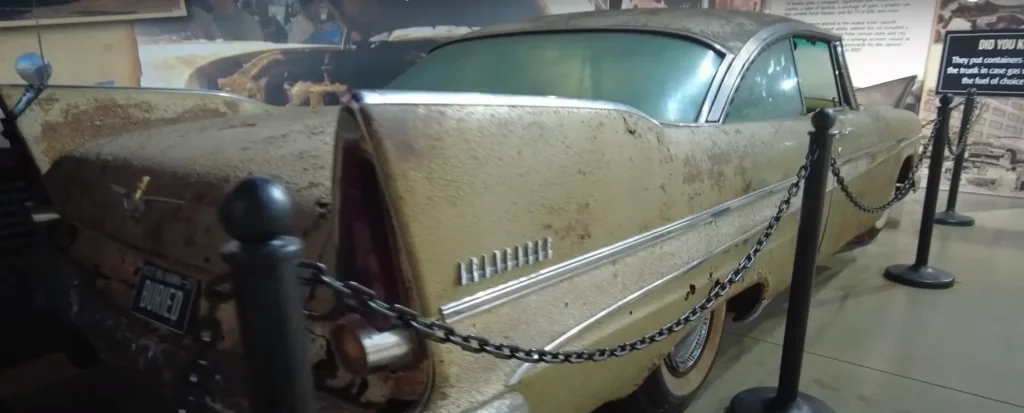
“Items put in the glove compartment fell to the floor as the compartment disintegrated.
“Writings on the tire with a ballpoint pen were still legible. A glass five-gallon jar filled with gasoline was in the trunk.
“I guess that in 1957 someone thought gasoline would not be available in 2007.
“Boyd Coddington [American designer] and his team were there to start the car, did not happen.”
Yikes.
Talk about an anti-climax.
The car was originally intended to go to the person who correctly guessed Tulsa’s population in 2007.
However, the winning man died in 1979, so the car went to his 101-year-old sister.
She allowed the car to be taken in by some experts to attempt some rust removal.
Around $21,000 was invested in the de-rusting process.
However, the restoration stopped there and the interior was left a barren ruin.
In 2015, the Belvedere finally found a new home for itself – in the Historic Auto-Attractions Museum of Illinois.
While Miss Belvedere may not withstand the elements, at least she got people excited about something.
Burying cars tends to do that, funnily enough.
Two guys decided to put a Range Rover beneath the soil for a year to see what would happen. Spoiler alert: it did not go well.
Meanwhile, it’s thought that this rare Ferrari found buried in a backyard was put there intentionally.
This 1967 Ford Mustang getting pulled from a swamp after 28 years was also a sight to behold.
You know you’ve got money to spare if you’re burying your car.

